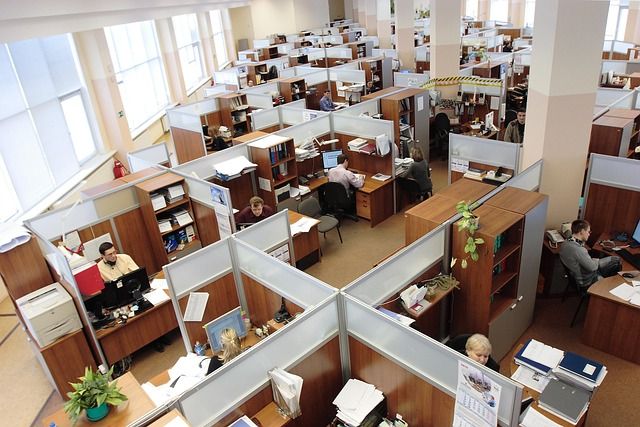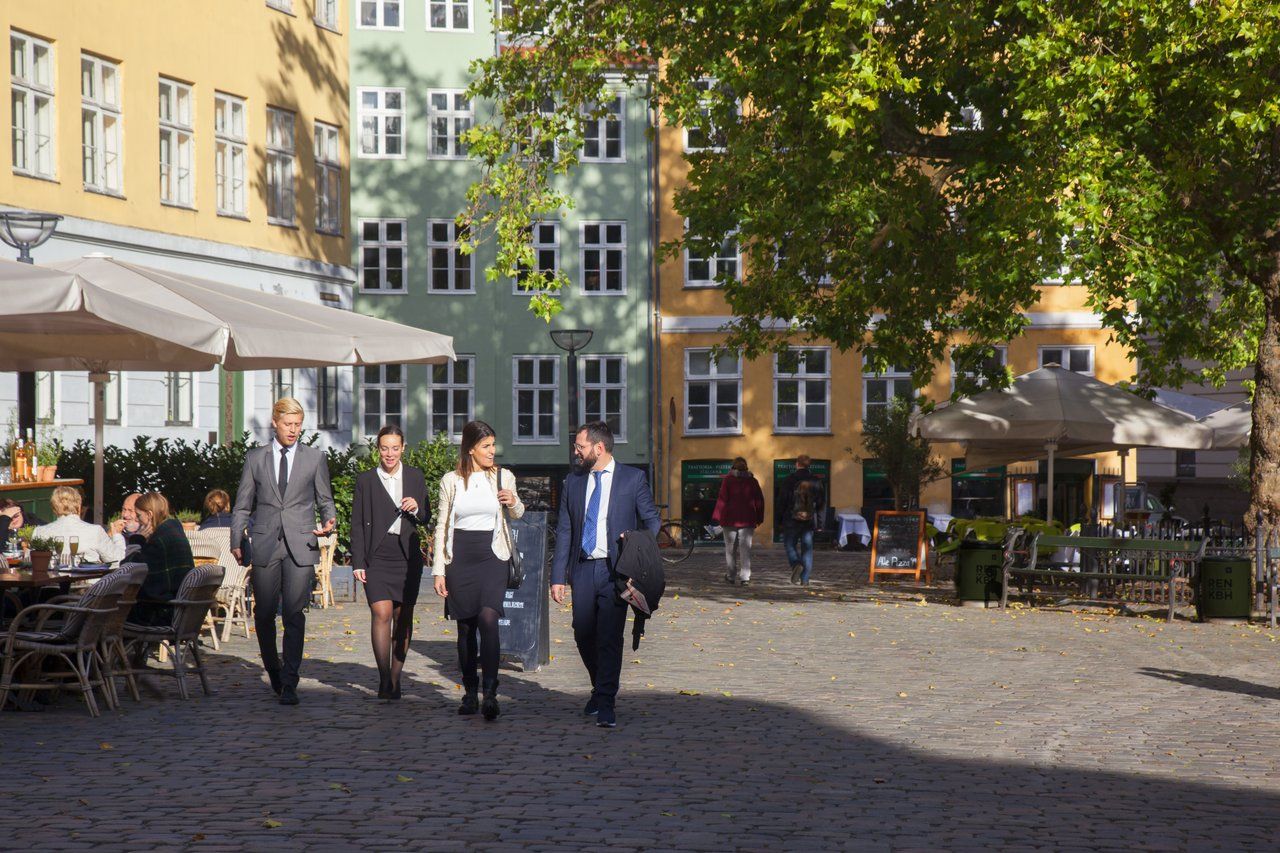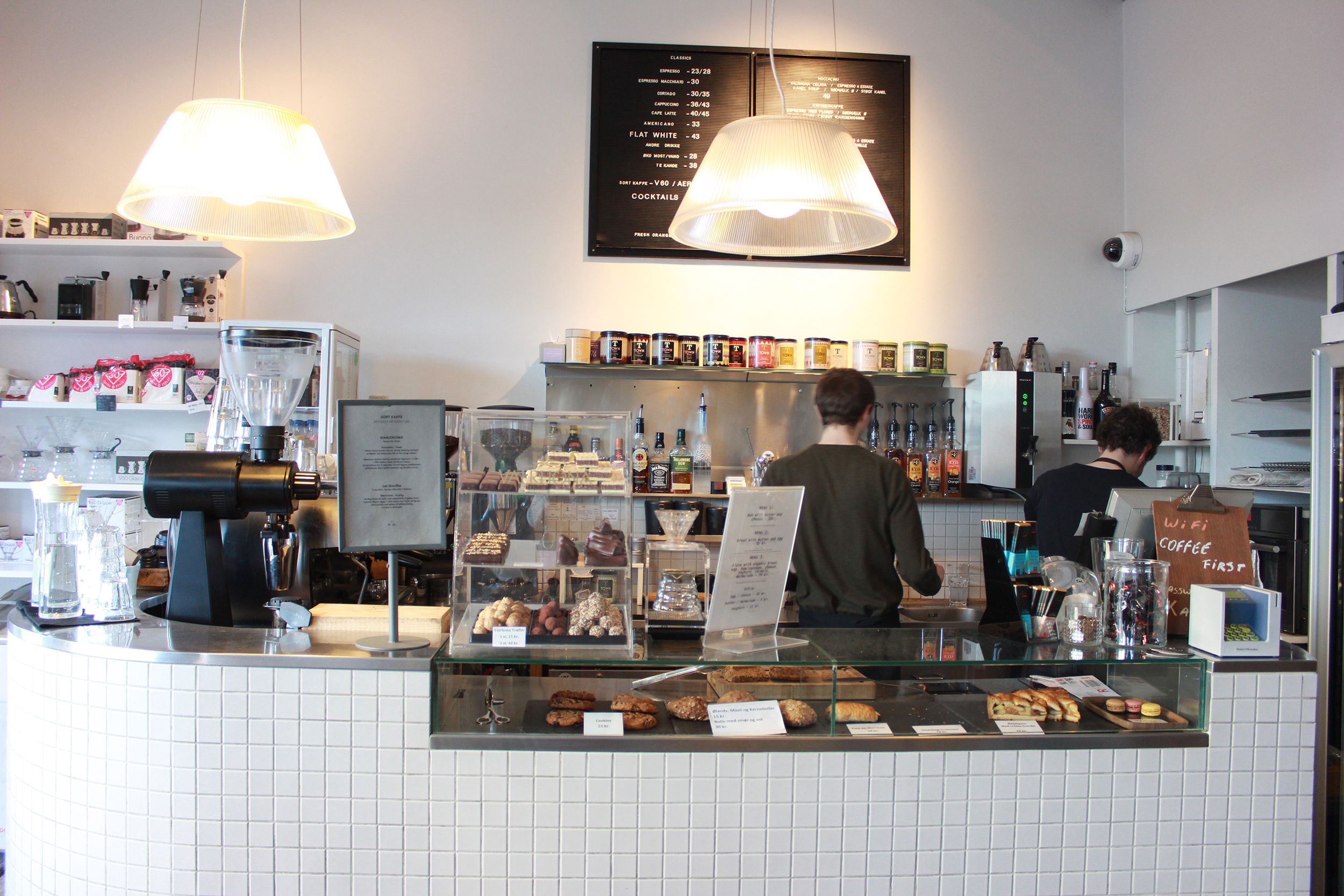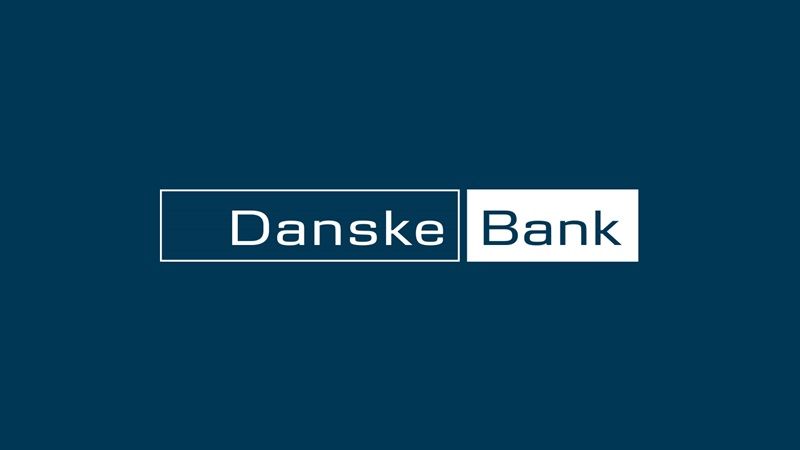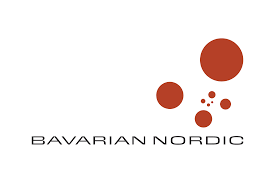 History does not exist solely in dull books or in the memorised monologues your teacher might deliver in the school classroom. Experience history as you never have before; encounter it where it happened and see it through the eyes of those who created it. It can be seen everywhere in the city. Not only is it fun to go out and find parts of it, it can also prove to be a unique opportunity to understand the spirit of mankind.
History does not exist solely in dull books or in the memorised monologues your teacher might deliver in the school classroom. Experience history as you never have before; encounter it where it happened and see it through the eyes of those who created it. It can be seen everywhere in the city. Not only is it fun to go out and find parts of it, it can also prove to be a unique opportunity to understand the spirit of mankind.

Together we stand, divided we fall
Ever wondered what contributed to Copenhagen becoming the metropolis with which we are familiar today? Find a part of the answer at Copenhagen Museum’s (Vesterbrogade 59,? 1620 Cph V, open daily 10:00-17:00) exhibition ‘Becoming a Copenhagener’, which focuses on immigration to Copenhagen not just as a curious feature in the life of the town, but rather as the catalyst of the town’s growth and change. In the 900 years that have passed since the city was first pinned down on the map of the kingdom of Denmark, Copenhagen has been on the brink of annihilation numerous times, surviving plagues, fires and wars. Each time – like a vitamin booster – the joining hands of the immigrants’ prosperity, knowledge and professionalism have helped to rebuild Copenhagen. Take a walk and find the immigrants’ fingerprints on the buildings, but if you want to soak up the past and see the city’s history unfold itself and emerge before your very eyes, you might want to take a stroll to Rådhuspladsen and try out the interactive ‘Wall’, where you can call forth the pictorial stories with a single click. Here you can immerse yourself in the everyday life experienced by Copenhageners at different points in history and see history unfold – and happening even now.


The Royal Castles of Copenhagen
Nothing illustrates the ‘regenerating’ forces of Copenhagen like Christiansborg Palace (Christiansborg Slotsplads,? 1218 Cph K, open Thu-Sun 10:00-17:00), which is located on the small island of Slotsholmen in Copenhagen Harbour. It has more than 800 years of history as the power base of the kingdom, though it is but the last in a series of successive castles and palaces constructed on the same site since the erection of the first in 1167. The first castle was built by Absalon, Copenhagen’s first bishop and the city’s official founder, though the castle was demolished stone by stone in 1368 by the enemies of Valdemar IV. The following year an entirely new castle was built on the very same foundation and dubbed Copenhagen Castle. This castle succeeded in being rebuilt several times in the years between 1369 and 1720, before Frederik IV decided to rebuild it entirely, though the new and heavily decorated castle proved to be too heavy – the walls began giving way and cracking. Frederik’s son, Christian IV issued an order to demolish the overextended and antiquated castle and erect a new one in its place – called Christiansborg. It was – like most of the works of Christian IV – a sight for the gods, but unfortunately the castle met an untimely end in a fire in 1794. The construction of a second Christiansborg was finished in 1828 – but it burned down once again in 1884. Third time’s a charm, as the saying goes, and the third Christiansborg has stood proudly since its completion in 1928. Today, most of the premises at the palace are at the disposal of the Danish parliament, though parts of the palace are open to visitors: visit the Royal Reception Rooms, Christiansborg Palace Chapel, the Royal Theatre and most of the Riding Ground Complex. Walk where kings have walked and reach out and touch the historic past with your very hands.
The people’s harbour
The Danish translation of Copenhagen is København, which stems from the ancient Danish name for the city, Køpmannæhafn, which literally means ‘the merchants’ harbour’. It does tell of the importance of the presence of merchants in Copenhagen. The city’s residents controlled the economy of the city in the past and they still do. It was hard-working, everyday people who got the city up and running in a manner of speaking, and it is their history you can experience at the Worker’s Museum (Rømersgade 22,? 1362 Cph K; open daily 10:00-16:00). To experience the other – and infinitely more privileged – half lived, visit the Victorian Home (Frederiksholms Kanal, ?1471 Cph K, guided tours Sat & Sun, 11:00, 12:00 & 13:00), a luxury flat of original interiors, which are remarkably well-preserved, from the upholstered furniture, elaborate drapes and ornaments, to the original bathroom and toilet.
For other historic stop-offs on your pilgrimage, you might want to visit Museum Amager, where you can travel back in time and experience this part of Copenhagen before the single-family houses took over the land, or the Police Museum for an insight into the everlasting struggle of good and evil between the city’s criminals and the forces of justice.
Find out more at http://www.cphmuseums.com/.







